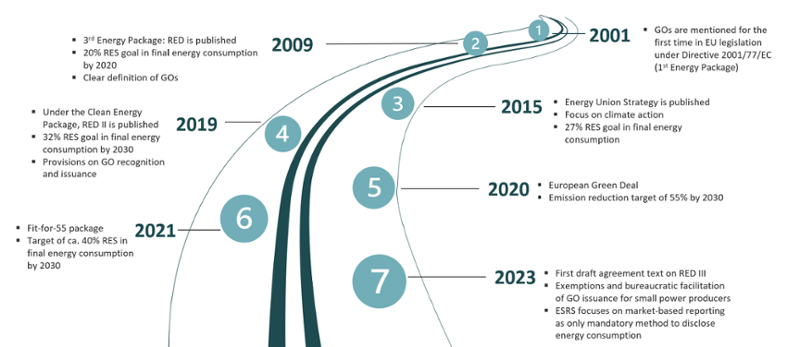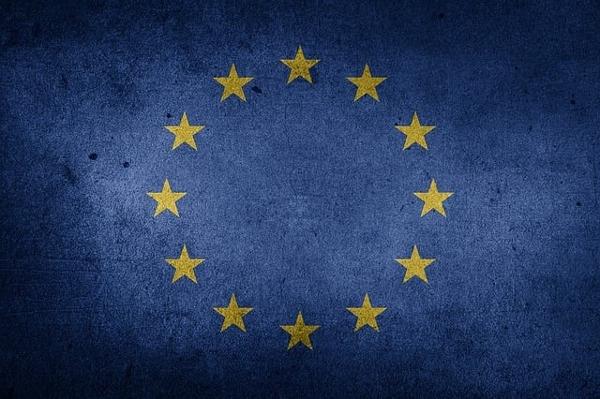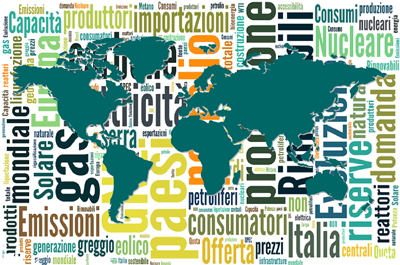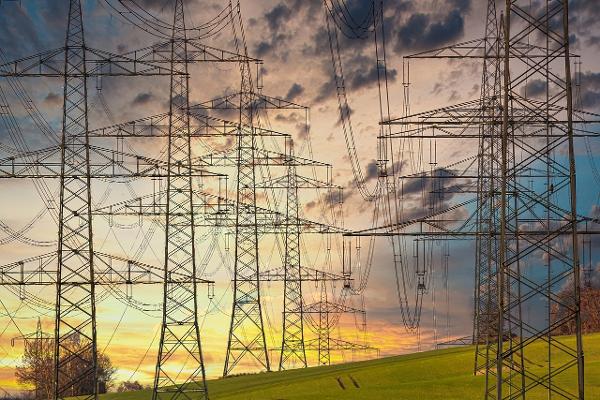GOs play a crucial role in tracking and verifying the origin of electricity generated from renewable sources such as wind, solar PV, hydro or biomass. In the GO system, power generation is registered at a designated national authority. Once verified as renewable, the national authority issues GOs to the generator. Every GO features a unique ID-number, the location, type, capacity and age of the installation where the energy was produced, in addition to the period (currently year) the energy was generated. Thus, GOs serve as a mechanism to provide transparency and act as a proof for consumers to ensure consumption of electricity from renewable sources. The producers have the option to choose whether they would like to trade or transfer GOs separately from the electricity they generate. When a consumer or business buys green energy bundled with GOs, the certificates are transferred to their name. This measure ensures that the electricity’s renewable attributes are not double counted. Thus, the GOs not only help in tracking renewable energy generation but also support the uptake of renewable energy through the price buyers are willing to pay.
GOs are managed through a book-and-claim accounting system by the Association of Issuing Bodies (AIB) and each national issuing authority, responsible for issuing, verifying, and cancelling GOs, where renewable energy producers record the attributes of their generation when injecting the energy into the grid. The AIB has established the European Energy Certificate System (EECS) to provide a standardized platform for European GOs. Most of the GO transactions occur within the EECS and market participants seeking to conduct GO transactions through the AIB are required to adhere to the market standards. Brokers who trade these certificates often increase the value of a certificate by repackaging bulk products i.e. Nordic hydropower generation into premium products that possess certain distinguishing local or environmental features identified through ecolabels.
The legal framework for Guarantees of Origin in the EU is primarily established by the Renewable Energy Directive (RED), which was. Under the wider umbrella of the Clean Energy Package, introduced in 2019, which also includes the Electricity Market Directive and Regulation, the importance of providing reliable information on electricity type and quality was further strengthened, which is essential for a market with diverse players and roles, as consumers increasingly demand green energy. While GOs are not explicitly mentioned there, this provides the framework for their role that is outlined in the Renewable Energy Directive (RED), initially adopted in 2001 and subsequently revised in 2009, 2018 and most recently in 2023.
Initially, GOs were not considered tradable assets and were distinguished from exchangeable green certificates. With the introduction of the Renewable Energy Directive (RED I), GOs were more comprehensively defined as electronic documents providing proof to final customers that a certain amount of energy was produced from renewable sources. The change allowed GOs to be transferable and tradable independently of the physical electricity flow.
RED II, specifically Article 19, allowed Member States to decide on issuing GOs to energy producers receiving financial aid. The revised legislation included new provisions, such as considering the economic value of GOs in support schemes, a maximum expiry of 18 months for GOs, and simplified requirements for small installations. Additionally, it restricted the recognition of GOs from third countries without mutual recognition agreements and direct energy trade.
RED III negotiated from 2021-2023, maintained the right of Member States not to issue GOs for subsidized green energy, while introducing measures for improved reporting and transparency and allowing for smaller GOs under certain conditions. Additionally, changes were made allowing for GOs to be smaller than 1 MWh when appropriate, and energy communities were given the same simplified bureaucratic exemptions that small installations under 50kW enjoy when they apply for GO issuance. The former also lays the groundwork for more granular GOs in the future, moving from yearly accounting to potentially an hourly timeframe. Green gases will also be able to receive GOs going forward. Here, two delegated acts on RFNBOs, adopted by the EU Commission in February 2023 (conditions for RFNBO label and life-cycle emission calculation methodology) are the key legislative texts.
Development of the GO Legal Framework in the EU

Source: THEMA Consulting
In the future, the establishment of an EU-wide green label, for which GOs would constitute a fundamental tool, forms part of envisaged regulatory measures going forward. In 2025, the GO market will undergo a review aimed at checking the supply-demand balance and undertaking measures that could potentially be required to adjust structural deficiencies.
Besides supply and demand developments of GOs, policy changes are the main drivers of price levels and will determine the importance of the certificate in the coming years. With the recent move towards more market-based support systems and merchant RES projects, the significance of the scheme to value the renewable origin of energy could gain more importance, not just for electricity, but also for green gases as sector coupling progresses.




















